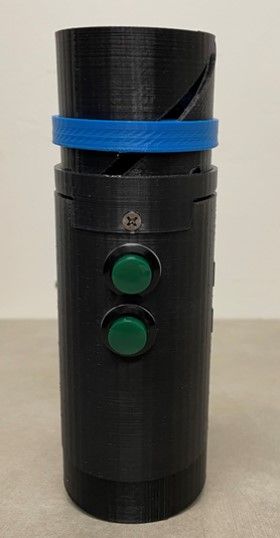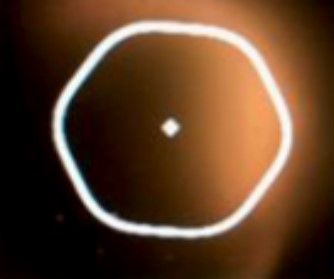Article
Remote monitoring device detects AMD progression
Author(s):
Patients surveyed say the handheld tool proved to be comfortable and easy to use.
A handheld, standalone device provides easy, fast, and comfortable remote monitoring for patients with dry age-related macular degeneration.

Reviewed by Angela Christine Yim, BA; and Yannis Mantas Paulus, MD, FACS
A handheld, standalone device provides easy, fast, and comfortable remote monitoring for patients with dry age-related macular degeneration (AMD), according to Angela Yim, BA; and Yannis Mantas Paulus, MD, FACS. Yim is a student at the University of Michigan Medical School in Ann Arbor. Paulus is the Helmut F. Stern Career Development Professor of Ophthalmology and Visual Sciences and an associate professor in the Department of Ophthalmology and Visual Sciences and Biomedical Engineering at University of Michigan Health Kellogg Eye Center. The investigators tested the device in a clinical setting.
Cross-sectional study of device use
Patients with AMD who were 50 years or older participated in a trial of the device at the Kellogg Eye Center outpatient retina clinic following Investigational Review Board approval by the University of Michigan.
After using the device, patients completed a device survey and the System Usability Scale survey. The primary outcome was the testing duration, and the secondary outcome was the patient-reported usability and comfort while engaged with the device, the investigators said.
Thirty-one patients (mean age, 77.4 years) completed the study and 1 patient withdrew after completing the study. The patients were evenly divided by gender (50% men, 50% women).
Yim reported that the mean total testing time was just above 2 minutes (126 seconds with a standard deviation [SD] of 56 seconds) and the mean System Usability Scale score was 77.7 (SD, 11.9), indicating the device had easy usability.
An image taken from the handheld device.

The vast majority of the patients, 97%, reported that both the time required to use the device and the ease of use of the device were acceptable; 90% of patients said the device was comfortable to use.
Based on the surveys, this device seems to have a promising future for home monitoring of AMD. Being handheld makes it rapid, easy, and comfortable for patients to use to monitor their AMD. The investigators believe that the usability demonstrated by the device supports further clinical trials to demonstrate the reliable detection of AMD progression.
AMD is a leading cause of blindness in the world, Paulus said, noting that the majority of vision loss occurs at the transition from dry to wet AMD. Timely identification of this transition is critical to initiate anti-VEGF treatment.
“This novel, handheld device using shape discrimination hyperacuity is comfortable, easy, and quick to use, requiring only 2 minutes in this clinical validation among dry AMD patients.” Paulus concluded.
Angela Yim, BA
E: ayim@med.umich.edu
Yim has no financial interest in this technology. She is a medical student at the University of Michigan Medical School.
Yannis Mantas Paulus, MD
E: ypaulus@med.umich.edu
Paulus is an inventor on a submitted University of Michigan patent application (42904767) titled “Apparatus for testing age-related macular degeneration and method of using the same.”
He is the Helmut F. Stern Career Development Professor of Ophthalmology and Visual Sciences and an associate professor in the Department of Ophthalmology and Visual Sciences and Biomedical Engineering at Kellogg Eye Center, University of Michigan Health, Ann Arbor.
Newsletter
Don’t miss out—get Ophthalmology Times updates on the latest clinical advancements and expert interviews, straight to your inbox.





